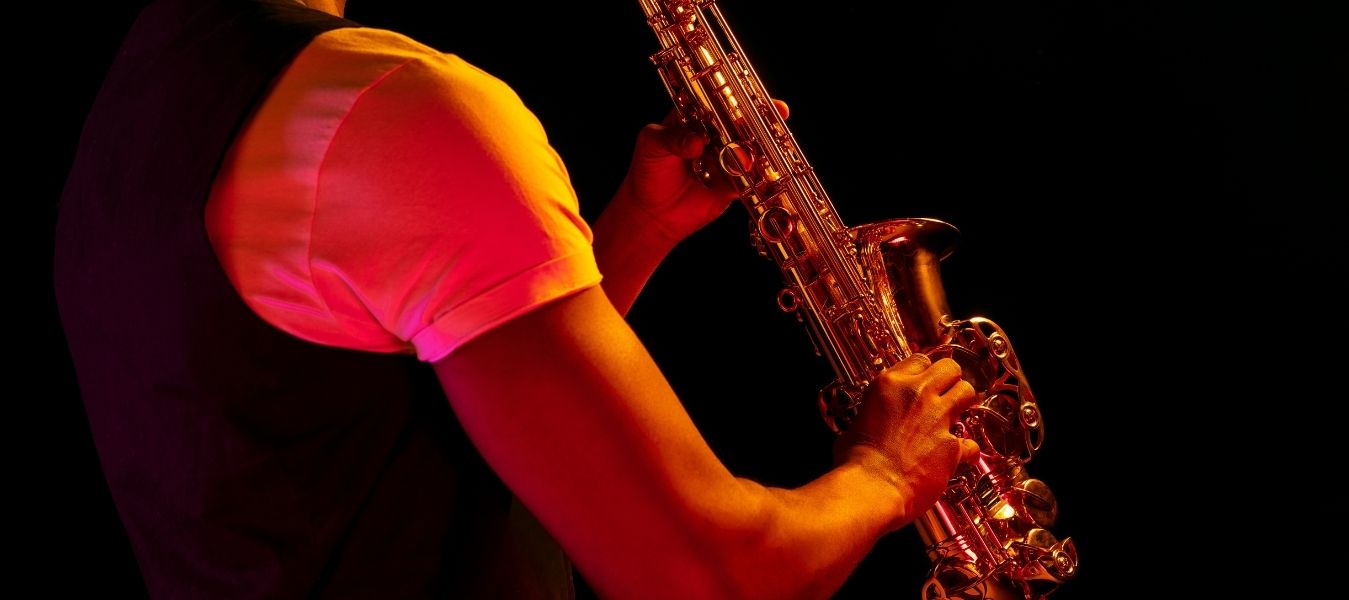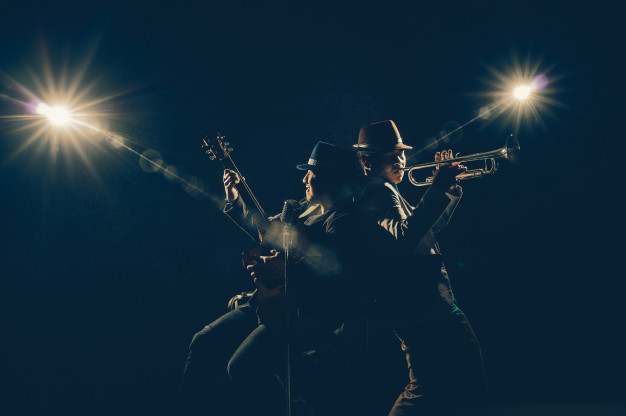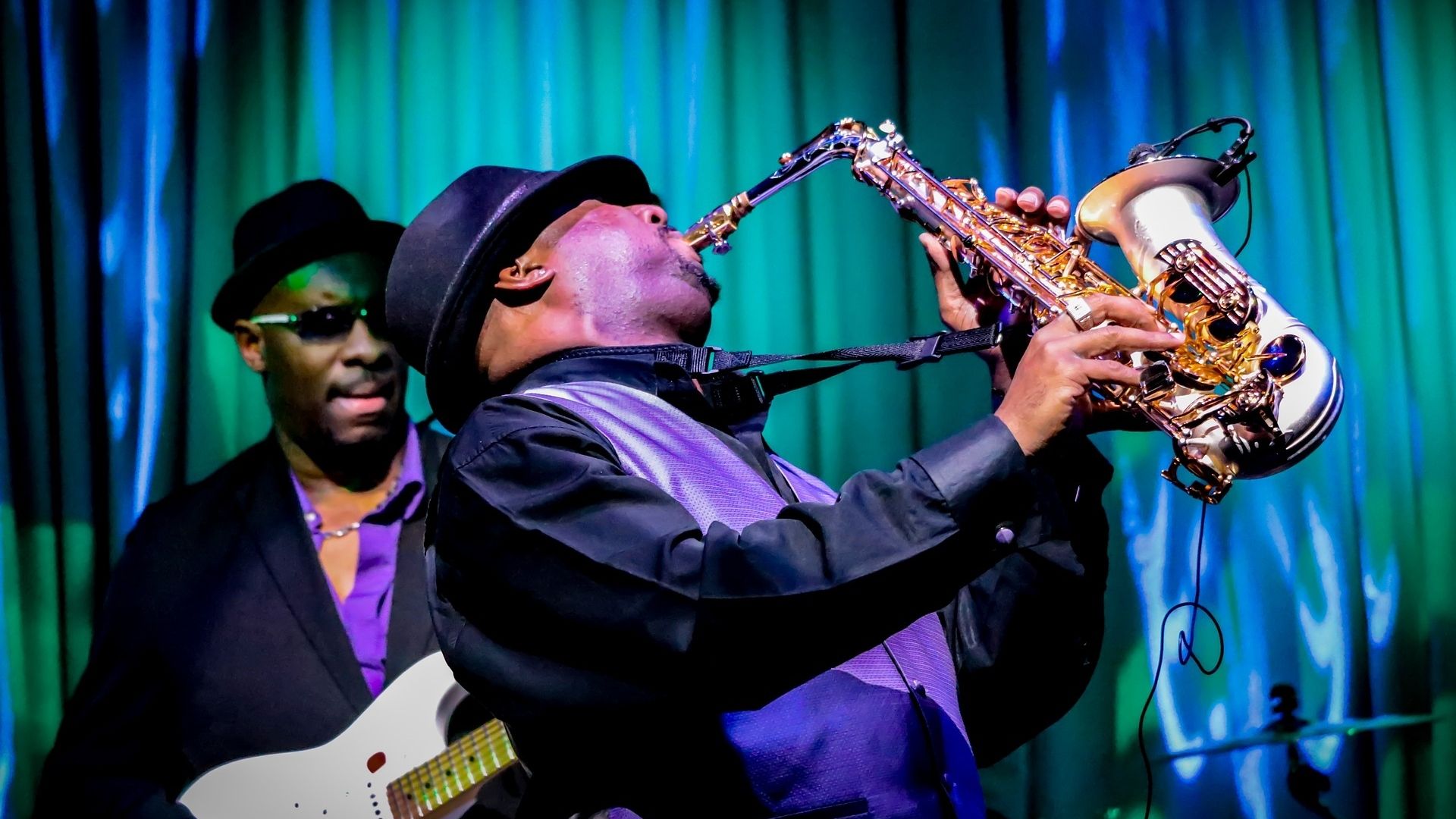The immortality of jazz music is almost a fact. Just think of how much even today, decades after the exploit in terms of sales and charts, there are still many clubs that give space only to musicians specialized in this genre. A genre that has been handed down from generation to generation, loved by musicians but also by the most attentive listeners, made popular even to the youngest in recent years by a series of films that have it not only as a musical background, but as a real protagonist. Just think of recent cases such as La la land or Soul.
But where does jazz come from, what is its history, what are its main characteristics? Let’s find out everything there is to know about this genre through a short history of jazz music.

What Is Jazz and When was Born?
As a ‘codified’ musical genre, jazz was born at the beginning of the twentieth century , as an evolution of some forms already used by African-American slaves. From the rhythms of the working songs used in the plantations, to the frenetic rhythms of the first orchestras that developed in cities like New Orleans, the step was short, yet huge.

From the explosion of the phenomenon in the main city of Louisiana, the newborn genre developed further thanks also to the contribution of other cultures, such as that granted by immigrants, whose musical experience merged perfectly with the Afro-American one. A clear example of this is the Original Dixieland Jazz Band, the first great American jazz orchestra, also led by an American like Nick La Rocca. They were the first to release numerous jazz records, giving the genre a first diffusion in the rest of the country. Their Royal Garden Blues :
A further evolution of the genre came from the landing in Chicago, with the explosion of the Louis Armstrong phenomenon. And then again with the conquest of Europe, which will receive the new American music with great favor, giving it the definitive commercial success, thanks also to the progressive birth of subgenres that are easier to listen to (in many cases) such as swing, or reserved for musicians. more experienced (especially after World War II onwards), such as bebop and its evolutions. Today, in particular from the seventies onwards, jazz, thanks to the explosion of genres such as rock and then hip hop, has officially entered the ranks of cultured music, winning a place in music schools and conservatories alongside music classical.
The Meaning of Jazz
But what does jazz mean? It is not known for certain. The origins of the term that gives the name to the genus are in fact obscure, just as the origins of the genus itself are in fact obscure, due to an inevitable lack of documents. However, it seems that the term jazz originated from a word belonging to traditional French culture, linked in meaning to the joy of living. According to some sources, however, jazz derives from a word of African origin with references to sexuality.
The Main Characteristics of Jazz Music
Jazz is based on two main elements: rhythm and improvisation. From a technical point of view, in fact, modern jazz makes a great show of improvisation, polyrhythm, harmonic progression, elements used in a different way than classical music. But improvisation is the main distinguishing factor of this genre, with variations starting from an initial theme. A typical model that has gradually taken on greater importance (except for some more commercial sub-genres), reaching its apex in free jazz developed between the 1950s and 1970s.
The main instruments of jazz are brass. The typical formation of a jazz band is that of a quartet, in this case composed of a rhythm section, generally drums, bass or double bass and piano, and a soloist, who can be a saxophone or a trumpet. But jazz orchestras can have a number of major elements, seven, eight, ten instrumentalists, giving life to orchestras rich in the most varied instruments, including some little used in popular music, such as the harp, or others from folklore, for example the kora.
